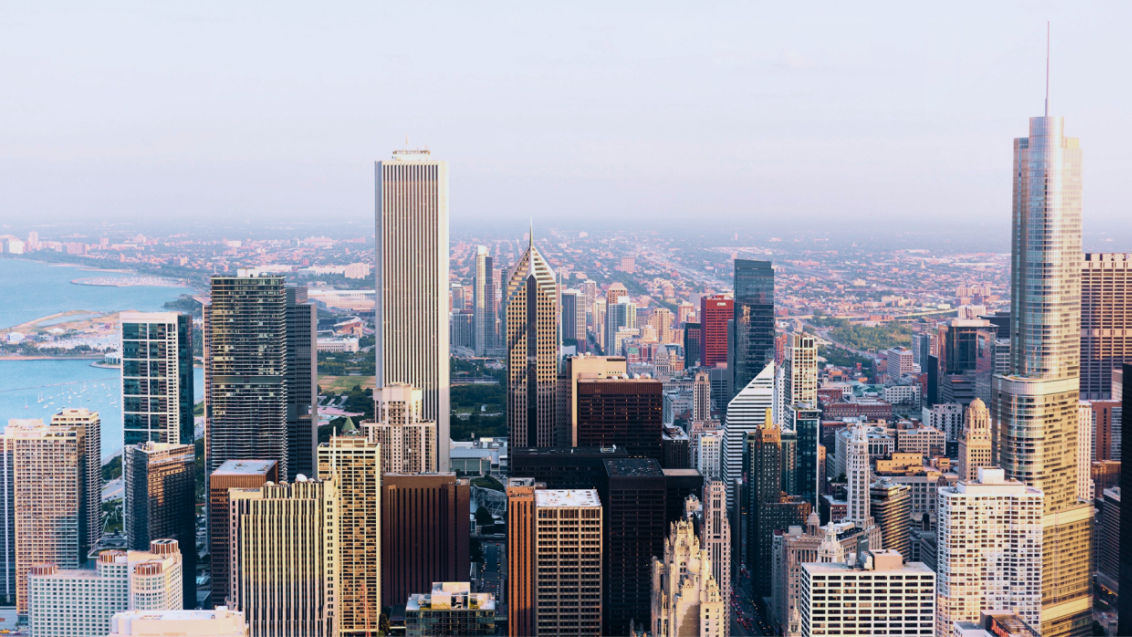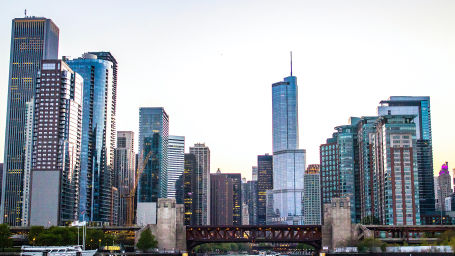

May 3, 2019 | Bryan Hagedon, Senior Director of Wireless Innovation, Spectrum

As more and more city leaders look toward technology to improve operational efficiency and their citizens’ quality of life, the most fundamental investment cities should leverage is their underlying infrastructure. But where should government leaders start? They have the perfect asset already installed throughout their cities: light poles.
The smart place to start
By leveraging the light pole infrastructure that already exists, government leaders can leverage evenly dispersed built-in points of presence to deploy numerous smart technologies and save on major upfront costs. A light pole, for example, can be fitted with a wide array of sensors and cameras that can deliver long-term benefits to the city. These technologies and the data they collect can reduce energy costs, improve public safety, and provide better insights for city managers. From environmental sensors, traffic management solutions, and digital signage, the light poles will become the data source for smarter cities.
Lighting the way
Smart lighting can establish the foundational infrastructure for other smart technology implementations with long-term benefits, but they also offer immediate payoffs for cities:
- Lower costs: Streetlights typically run for 12+ hours a day, generating high energy costs and shorter bulb lives. In fact, the U.S. Department of Energy (DOE) estimates that street lighting alone consumes energy equivalent to 1.9 million households. Installing image sensors on light poles will help cities to reduce energy consumption by brightening and dimming street lights when the sensor detects people and objects near the pole. This small change gives cities far lower energy costs. Reduced use also mitigates the risk of overburdening the grid and experiencing city-wide blackouts and managing brightness lowers operating and maintenance costs, so cities can gain immediate savings and a shorter return on investment.
- Better operational decisions: Additional sensor-based smart devices installed with “smart lighting” can collect and analyze data for actionable insights. For example, sensors can capture images of traffic patterns to count how cars move throughout the city and feed into the way the city designs its streets. These types of insights can be used to make better operational decisions across different departments and aspects of city life including smarter parking management, intelligent surveillance, location-based traffic management and other new applications used by other city workforces or utilities.
- Safety first: If there is activity surrounding a streetlight, image sensors can immediately turn up a street light to illuminate the surrounding area for brighter, safer neighborhoods. Speakers can be installed to broadcast information or warnings to people in the vicinity of a lightpole. Sound sensors can detect gunshots or sounds in surrounding areas to alert law enforcement of potential danger and crime and direct them to the specific location where the sound originated, ultimately reducing response time, increasing public safety and improving situational awareness.
Bright idea
Government leaders looking to leverage new technologies and build a brighter future for their community and their citizens should consider smart lighting. Not only will they receive immediate ROI, but more importantly, they will create a foundational network that can support other smart projects to come.
To learn more about the components of smart lighting and their potential, click here.
Speak with a Spectrum Smart Cities Expert







